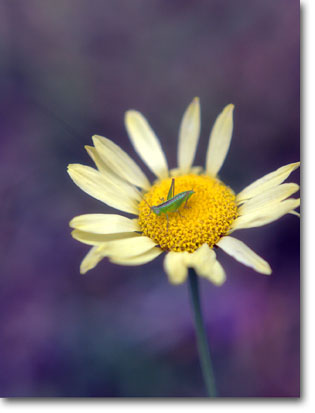|
|
Sagelight Luminance Protect
Keeping highlight data through color translations in HSL, LAB, and RGB color space
|
Tinting and Toning your image can cause the loss of highlights
When you change the color tint or tone of your image, highlights can be lost. The lightest areas (tending towards white) want to move into the maximum of the color your tinting towards. This happens because tinting often occurs in different color spaces such as C*I*E LAB that have a wider range than RGB -- when converted back to RGB, the luminance can be lost because the overall pixel value becomes truncated to fit within the RGB space.
The visible effect of this issue is that the highlight information is lost, causing the image to lose depth and image information that cannot be recovered.
Sagelight's Luminance Protect Technology
Original Image (Image Credit: "Armed Forces Day Celebration" by DVIDSHUB)
|
|
|
Image Tone with Sagelight
|
|
|
The above example shows a deeply toned image where the highlights have been preserved throughout the toning process.
Sagelight's Luminance Protect Technology works to tone images while preserving the luminance.
To demonstrate the difference, consider the following example:
Original Image (Image Credit: "Aci Trezza - The colours of a new day :: HDR" by ciccioetneo)
|
|
|
Result with Plain Tinting and Toning
|
|
|
The image on the right is the original image tinted to a red hue. The whites of the clouds have become washed out, and this can be a natural consequence of toning the image. When Sagelight's Luminance Protect technology is used, the following image is produced.
 Result with Plain Tinting & Toning
|
|
|
Image Toned with Sagelight & Luminance Protect.
|
|
|
The image on the right is much more natural and the white areas are preserved. Also, the reflections off the water are preserved and not flat as in the reference picture to the left.
Light, Crisp, Noise-Reduced Saturation
Sagelight's Luminance Protect algorithms are also used in Sagelight Saturation methods. Most of the time, Sagelight saturation models deepen the color as you add saturation to the image. Sagelight's True Color and other algorithms also provide the same mechanism described above to keep the light steady. This works well when you want a crisp saturation that keeps the image bright:
 Original Image (Image Credit: "30 Days of Gratitude- Day 23" by aussiegall)
|
|
|
Image after Sagelight True Color Saturation
|
|
|
Sagelight's True Color Saturation offers an advanced on traditional HSL saturation. Traditional HSL saturation is a saturation method that offers deep, true colors, but also generates noise. Sagelight's Luminance Protect algorithm keep the noise down and the colors bright:
|
Original Image
|
Traditional HSL Saturation (approx)
|
Sagelight True Color Saturation
|
In the above images, the center image uses traditional HSL saturation, where the left uses Sagelight's True Color Saturation. If we look at a closeup of the image (near the bridge of the nose):
|
Original Image
|
Traditional HSL Saturation (approx)
|
Sagelight True Color Saturation
|
The Sagelight True Color has less noise and also generated more true color for the image. The image in the center shows how image saturated with traditional HSL saturation can cause noise in the image.
